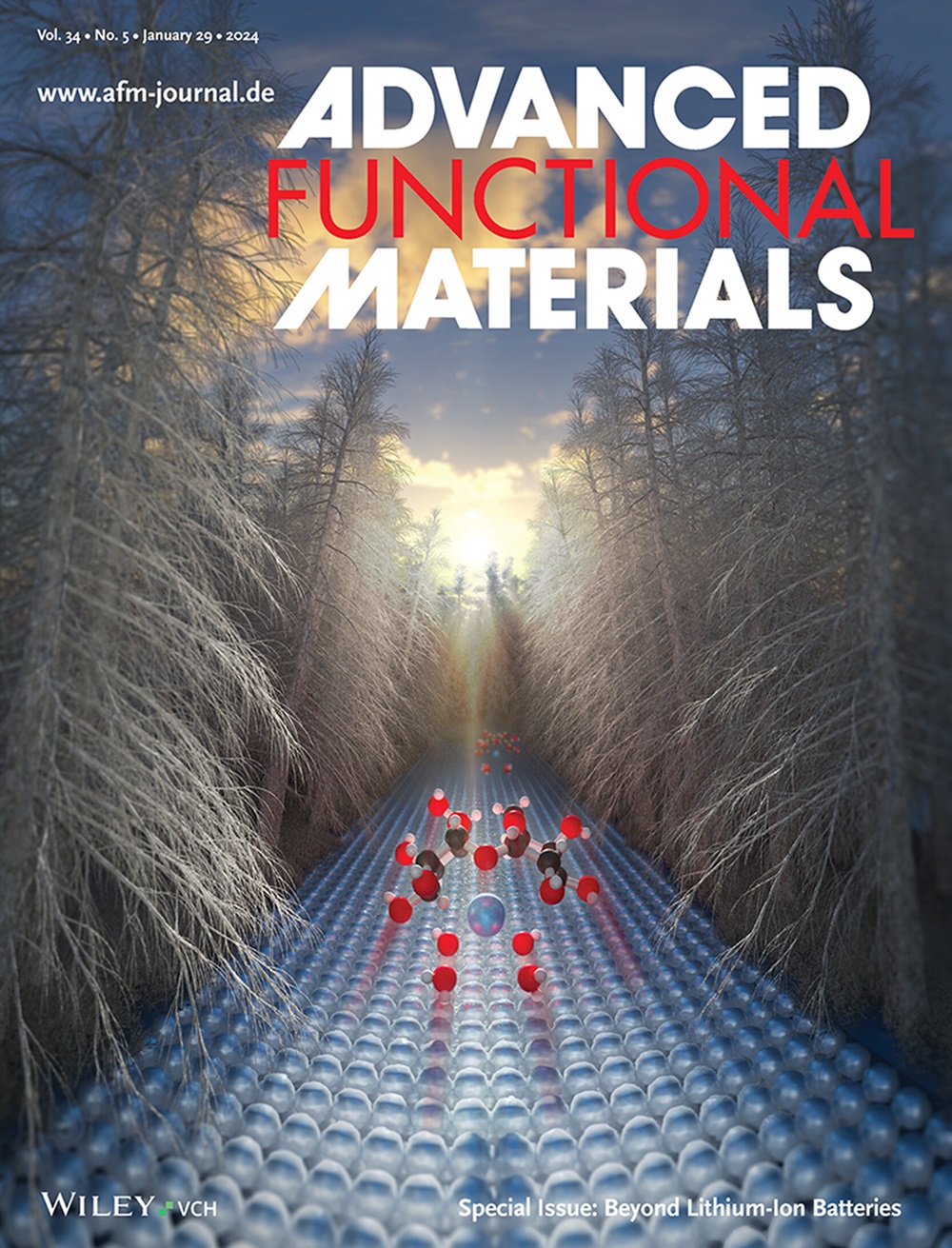Spin-State Reconfigurable Magnetic Perovskite-Based Photoelectrochemical Sensing Platform for Sensitive Detection of Acetamiprid
IF 18.5
1区 材料科学
Q1 CHEMISTRY, MULTIDISCIPLINARY
引用次数: 0
Abstract
Here, a microfluidic paper-based analytical device (µ-PADs) with editable electron configuration and conductivity is proposed for sensitive point-of-care (POC) detection of acetamiprid (ACE). The CdS-protected CsPbX3:Mn (X = Cl, Br) halide perovskite (CPCBM/CdS) quantum dots (QDs) with a core/shell structure are prepared for the first time. This advancement not only addresses the challenge of the inherent water instability of perovskites but also imparts spin-related charge-transfer properties to the composite material. Additionally, a simple magnetic stimulation method is employed to rearrange the spin electron occupation in perovskites, effectively enhancing the charge separation efficiency in paper-based PEC (µ-PEC) sensing systems. The underlying mechanism is systematically investigated using density functional theory simulations and ultrafast transient absorption spectroscopy. These studies revealed a spin-dependent reaction pathway and the carrier lifetime extended to 4244 ps under a magnetic field (MF), which is 2.2 times longer than that of the pristine perovskite. As a proof-of-concept application, a µ-PEC sensor is developed for sensitive POC monitoring of ACE in environmental samples with a low detection limit of 23 fm. This study shows that manipulating spin-polarized electrons in photosensitive semiconductors provides an effective strategy to enhance sensing sensitivity, which holds great prospects for future environmental detection and health monitoring.

求助全文
约1分钟内获得全文
求助全文
来源期刊

Advanced Functional Materials
工程技术-材料科学:综合
CiteScore
29.50
自引率
4.20%
发文量
2086
审稿时长
2.1 months
期刊介绍:
Firmly established as a top-tier materials science journal, Advanced Functional Materials reports breakthrough research in all aspects of materials science, including nanotechnology, chemistry, physics, and biology every week.
Advanced Functional Materials is known for its rapid and fair peer review, quality content, and high impact, making it the first choice of the international materials science community.
 求助内容:
求助内容: 应助结果提醒方式:
应助结果提醒方式:


